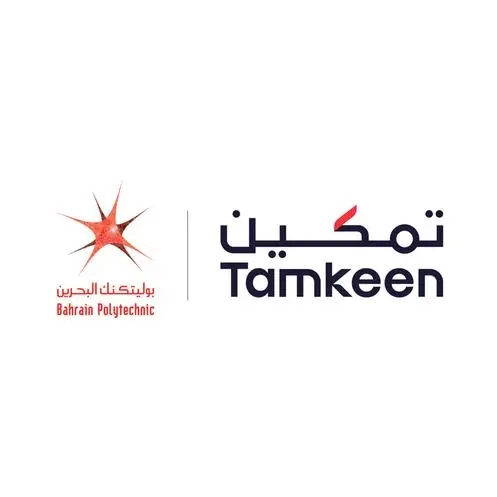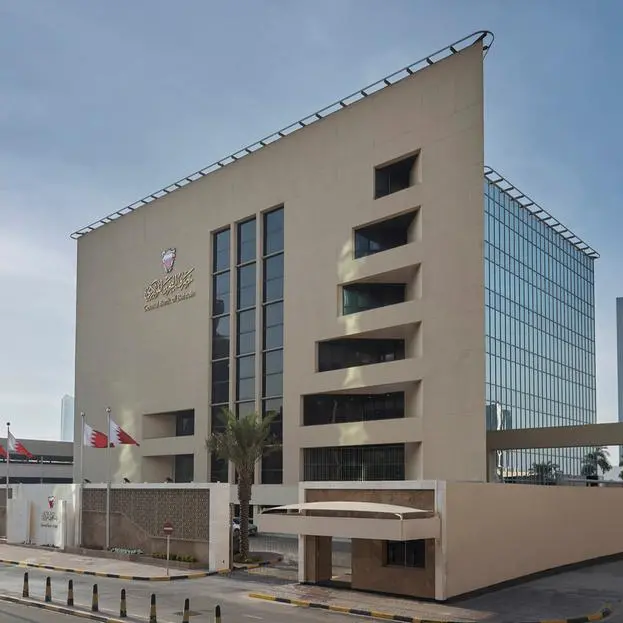PHOTO
Booz Allen Hamilton Announces its Top Technology Trends for 2016
Abu Dhabi, 23 December 2015
Maximizing the competitive advantage of big data, adjusting to the increasing threat of cyber criminality and the impact of connected machines - the Internet of Things (IoT), are among the key technology trends shaping business success in 2016, according to Booz Allen Hamilton. The insights form part of a series of trends released by Booz Allen Hamilton that identify the technologies and services driving commercial success in the Middle East and across the world in the next 12 months.
With technology playing an increasingly important role in the global economy and a critical contributor to corporate innovation, first movers in the adoption and utilization of technologies can gain a competitive advantage according to Booz Allen Hamilton. Of the nine hottest technology trends released for 2016, big data analytics, the transformation of the internet and the growing threat from casual cyber criminals will matter most to regional firms next year.
Earlier this year, a Booz Allen Hamilton study revealed that Gulf Cooperation Council (GCC) oil fields could increase well production by up to eight percent, by improving the way they capture, harness and integrate data into their decision making - acting as a key mitigation strategy against low oil prices.
"The GCC region is evolving at a rapid pace - development which is being driven by population growth and widespread economic development," said Dr. Mahir Nayfeh, Senior Vice President at Booz Allen Hamilton MENA. "As that growth continues, so does the threat from cyber criminality - an issue which may be one of the defining challenges of the digital age".
"While hacktivists traditionally targeted western organizations, the threat is now migrating to this region where growth has outpaced digital security infrastructure," continued Dr. Nayfeh. "To fully embrace the opportunities of big data analytics, and IoT in 2016 we must secure the intellectual property of our primary businesses by adopting active defense strategies."
According to Booz Allen Hamilton, the nine trends in technology that will shape business in 2016 are:
· Greater Vulnerabilities - In the era of increased outsourcing, the risks are greater and wider spread; organizations will demand a higher degree of cyber security from partners up and down their supply chain, as well as any third-party vendors. Algorithm-based monitoring will help reduce risk and also in identifying partners with lower exposure.
· "Dark Web"--The Online Hacker Superstore - The cyber threat facing the corporate sector--historically driven by state-sponsored attacks, organized crime and "hacktivists,"--is poised to grow exponentially. The reason for this mounting threat: an increasingly open, accessible market for cyber-attack tools on the "dark web." In the coming year, low-priced "hack kits," easily purchased online, and other options will make it possible for anyone with basic computer skills to launch a cyber-attack.
· Patchwork Prevention was Yesterday. Integrated Detection is the Key to Today and Tomorrow - Currently, the cyber strategy employed by many organizations is a patchwork of point solutions. Patchwork prevention will no longer hold the gates, but requires a need for integrated cybersecurity solutions. And if spending remains flat, it will result in too many tools that are too costly to maintain; gaps will persist. Organizations will seek help with "security integration" to mitigate this risk.
· Combining Cyber and Analytics Creates Strong Defense - Organizations with strong cyber security initiatives possess a considerable amount of data capable of strengthening their cyber defenses. It's the convergence of cyber and analytics that will enable the detection of adversaries "at the seams." To unlock the power of their existing data, companies will invest in cyber "fusion centers" that combine different data sets with analytics to deliver unprecedented insights.
· IoT Exposes Desperate Shortage of Cyber, Analytics Pros - Despite the proliferation of software tools and other technologies, much of what constitutes corporate cyber security still involves individuals monitoring network activity in real-time. With the advent of the "Internet of Things," security monitoring will have to cover billions of new ipv6 Internet addresses. The result: demand for people to monitor, analyze and react to each threat will expand to breaking point.
· 'AI' Changes the Workforce - It's a hotly debated question: will thinking machines ever replace people in the workforce? Today, it's starting to happen. Artificial intelligence (AI) is changing the mix of expertise required in the workplace. Adoption of AI and machine learning technologies increase automation--reducing the need for employees to handle the more mundane tasks, while accelerating the demand for employees to apply greater creativity and insight on more complex problems. Skill set requirements will continue to shift upward, and require talent with more complex reasoning and pattern recognition abilities.
· The "I" in CIO Stands for More Than "Information" - There is a big change coming to the C-suite as the role of the chief information officer (CIO) is recast. The CIO is now capable of driving huge innovation across the enterprise and connecting stakeholders across the organization. Through crowdsourcing, hackathons, design thinking and visual storytelling, the CIO will have a powerful set of creative tools to help their organizations become more agile and innovative, while opening new revenue opportunities.
· "Big Data" Spending Draws Big Questions - As organizations build out a "big data" capability, they are finding the results can be slow in coming. To avoid buyer's remorse around hasty technology purchases or recruiting, organizations will have to invest time in building the foundational, organization-wide understanding of how to use advanced analytics for critical decision making.
· Hyper Personalization - Is the New Customer Service. Advanced analytics will enable organizations to achieve an unprecedented, "360 degree view" understanding of their customers--on a highly individualized basis. This will mark a shift from targeting broad demographics to greater segmentation and the forging of a one-on-one relationship with customers.
-Ends-
About Booz Allen Hamilton
Booz Allen Hamilton has been at the forefront of strategy and technology for more than 100 years. Today, the firm provides management and technology consulting and engineering services to leading Fortune 500 corporations, governments, and not-for-profits across the globe. In the Middle East and North Africa (MENA) region, Booz Allen builds on six decades of experience partnering with public and private sector clients to solve their most difficult challenges through a combination of business strategy, digital innovation, data analytics, cybersecurity and resilience, operations, supply chain, organization and culture, engineering and life-cycle project management expertise.
With regional MENA offices in Abu Dhabi, Beirut, Cairo, Doha, Dubai and Riyadh, and international headquarters in McLean, Virginia, the firm employs more than 22,500 people globally, and had revenue of $5.27 billion for the 12 months ended March 31, 2015. To learn more, visit mena.boozallen.com. (NYSE: BAH)
Media Contacts
Damian Brandy
Associate Director
Fleishman Hillard MENA Region
damian.brandy@fleishman.com
O +971-44502612
M +971-50-8049036
© Press Release 2015











